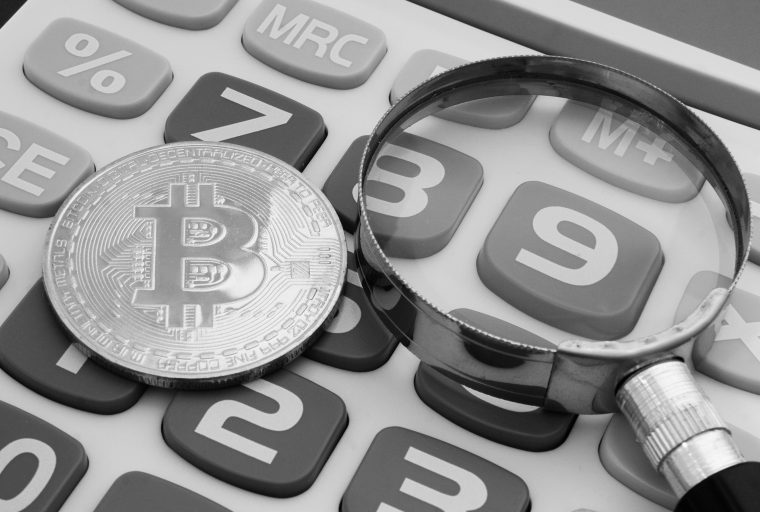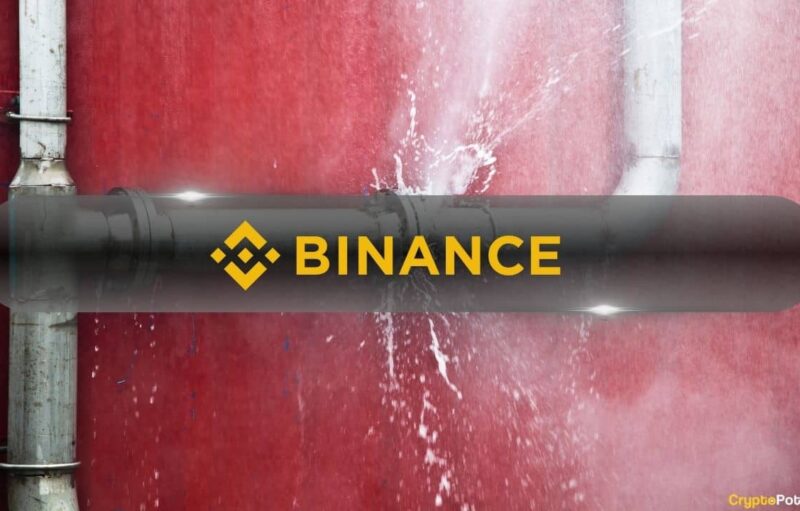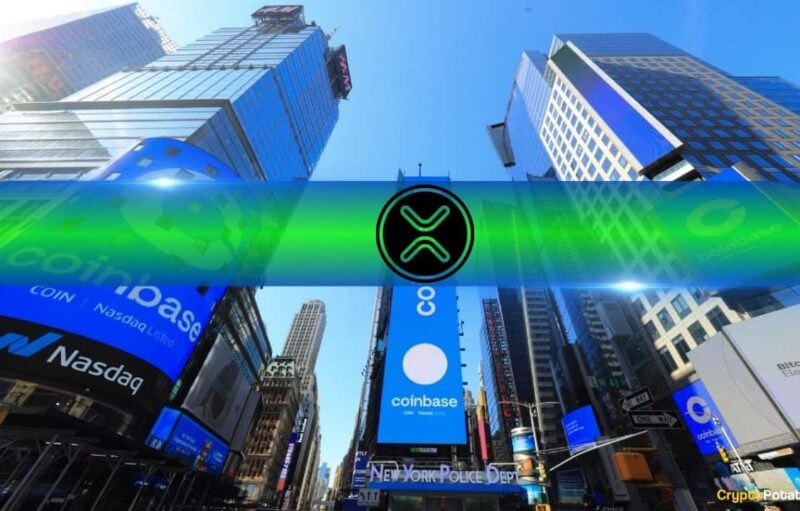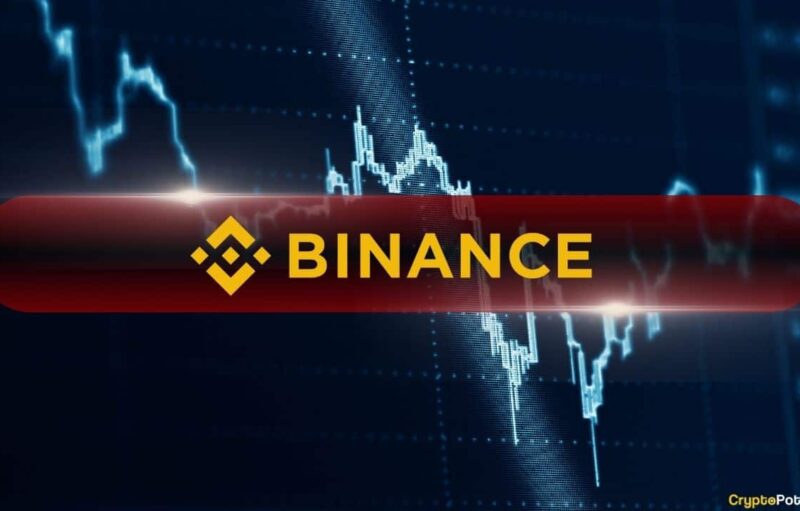
Since bitcoin and digital currencies have become popular, fiat on and off-ramps have sprung up that allow investors to enter and exit the cryptoconomy. However, many of the entryways into cryptocurrency markets have a hefty fee between 1-4% of the overall purchase and in order to obtain fiat for crypto the fees are just as high. Many people believe the high fees associated with crypto on-ramps are a deterrent to mass adoption and a concept that minimizes friction will triumph in the end.
Also Read: Only 375 Days Left for McAfee’s $1M Bitcoin Price Wager
The Fees Associated With Fiat-to-Crypto On-Ramps and Off-Ramps
In order to get into the cryptoconomy, there are a few different ways, like earning digital assets for certain services performed. You can also obtain cryptocurrency from popular exchanges that allow people to swap fiat for bitcoin or a variety of other coins. However, it can be pretty costly to get into crypto markets and just as expensive to exit as many companies charge anywhere between 1-4% of the overall sale.
 Exchanges typically charge between 1-4% to buy or sell a cryptocurrency and some exchanges charge a lot more, while if you use a certain payment method it could be higher.
Exchanges typically charge between 1-4% to buy or sell a cryptocurrency and some exchanges charge a lot more, while if you use a certain payment method it could be higher.
For instance, one of the most popular on-ramp methods in the crypto world is using Coinbase. The San Francisco exchange “charges a spread of about one-half of one percent (0.50%) for digital currency purchases and digital currency sales.” The spread could change due to market fluctuations and Coinbase also charges another fee in addition to the spread. Coinbase charges customers 3.99% for credit or debit purchases and 1.49% for bank-based purchases. The Coinbase fee disclosure also states:
- If the total transaction amount is less than or equal to $10, the fee is $0.99.
- If the total transaction amount is more than $10 but less than or equal to $25, the fee is $1.49.
- If the total transaction amount is more than $25 but less than or equal to $50, the fee is $1.99.
- If the total transaction amount is more than $50 but less than or equal to $200, the fee is $2.99.
More recently Square’s Cash App has become a well known choice for buying and selling BTC. Yet despite the popularity, lots of people complain about the app’s fees per transaction. The Cash App also has two types of fees for U.S. users who utilize the application to either enter or exit the cryptoconomy using BTC. First, the Cash App charges a flat 1.75% fee for all purchases and sales, but the platform also charges a “volatility fee” based on price movements. The Atlanta-based payment processor Bitpay charges a fee of 1% per processing fee and the company explains that “merchants may choose to pass this fee on to the buyer.” According to a report published in March by Frank Chaparro, Gemini “has the highest trading fees for retail.” “Gemini’s fees come in at a whopping 2% or 200 basis points,” Chaparro wrote at the time.
The biggest problem in crypto fees.
These companies are robbing us blind.
It just cost me $12 to sell $2500 of BTC on @coinbase.@jacks‘s Cash App is even worse, they charge a whopping 1.75 percent per BTC transaction.
The company that solves the onramp fee issue wins.
— SHILL GATES (@ImShillGates) December 13, 2019
Flat Fees, Variables, and Exchange Tokens
Fiat on and off-ramps to get into cryptocurrency have always involved fees, especially when it comes to deposits and withdrawals. A lot of the time these businesses calculate fees in two different ways and the most common is the flat fee. However, some exchanges have variable fees and unique tier structures that can change the fee depending on sale size and the market’s volatility.
 If you plan to enter or exit the cryptosphere via a credit card or debit card, be prepared to spend more.
If you plan to enter or exit the cryptosphere via a credit card or debit card, be prepared to spend more.
Most exchanges in 2019 have similar rates and have adopted each other’s fee schedules and guidelines. Bitstamp has a minimum fee of €10 in withdrawal fees for SEPA transfers and international withdrawals will incur an additional 0.09% using the European exchange. Bitpanda charges 1.29% to sell and 1.49% to buy and Coinmama charges 5% if the customer uses a debit or credit card. Fees tend to be slightly higher when customers opt to use credit or debit cards and entry into the cryptoconomy in this manner can be costly.
 FLEX token is an SLP-based coin that saves Coinflex users money by reducing fees associated with trading.
FLEX token is an SLP-based coin that saves Coinflex users money by reducing fees associated with trading.
Despite the fact that users don’t like high fees and it might deter newcomers from entering the cryptosphere, it seems high fees are here to stay. Over the last few years, however, exchanges have created exchange-developed coins that are used specifically to alleviate the cost of trading fees. This concept has become popular and exchanges like Binance, Coinflex, and Coinex have leveraged this idea. For instance, the Coinflex token FLEX is an SLP-based token that’s used to give Coinflex traders payouts depending on how much volume the user trades. FLEX tokens are then used to reduce the cost of trading fees on the exchange “incurred during the previous day.”
Bitcoin.com is also launching an exchange token called BCE and according to the whitepaper: “Users will get a discount on exchange fees by paying with the BCE token as per the discount schedule — the discount schedule will be refreshed at year five.” The first year will save users 50%, the second year 25%, year three 12.5%, year four 6.75%, and the fifth year will be announced nearer the time. It’s quite possible that exchange tokens could be the solution that helps reduce friction associated with crypto exchange fees.
What do you think about the costs to enter the cryptoconomy through fiat and the costs associated with going back to fiat? Let us know what you think about this subject in the comments section below.
Image credits: Shutterstock, Fair Use, Simpleledger.info, Pixabay, and Twitter.
Verify and track bitcoin cash transactions on our BCH Block Explorer, the best of its kind anywhere in the world. Also, keep up with your holdings, BCH, and other coins, on our market charts at markets.Bitcoin.com, another original and free service from Bitcoin.com.
Please enable JavaScript to view the comments powered by Disqus.
The post appeared first on Bitcoin News







